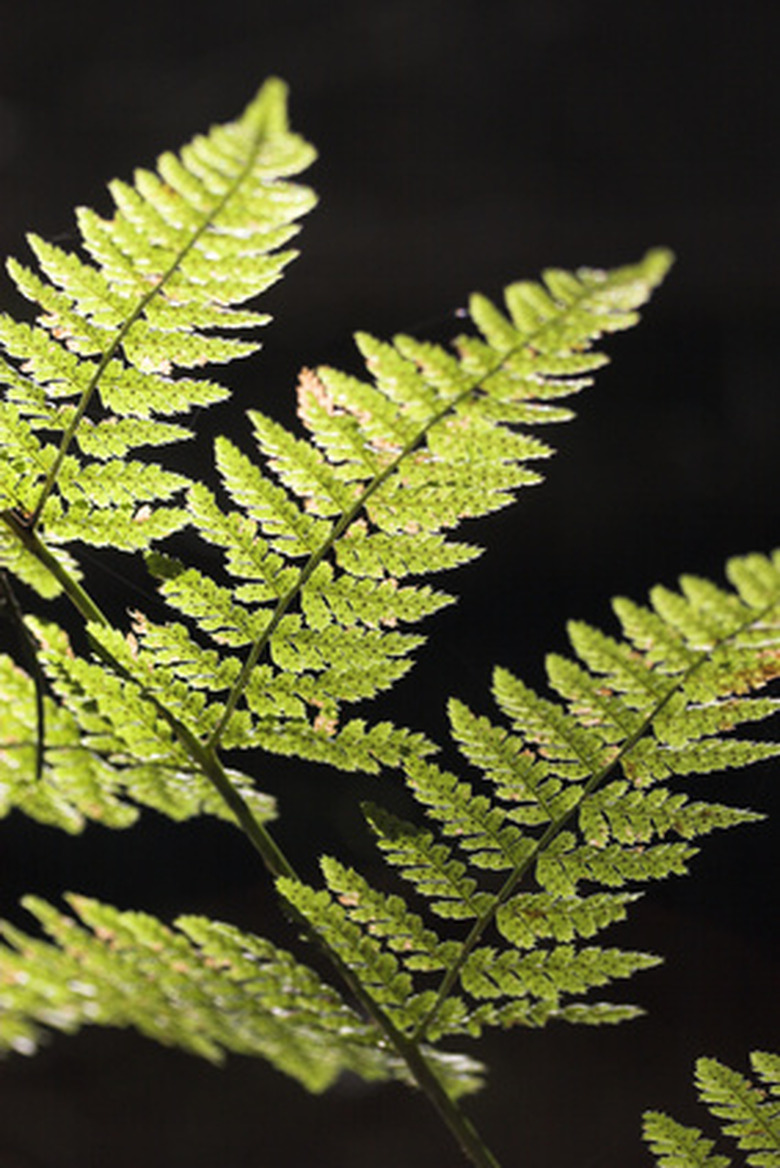Nonflowering Plant Characteristics
There are many different types of plants that do not produce flowers and despite the difference in their shape, size, color and chemistry, all of them are classified as nonflowering. The very first plants on earth were marine nonflowering plants. It is estimated that nonflowering plants started to grow on land about 450 million years ago. For the next 320 years all plants remained nonflowering. This is the reason why there is a greater variety of nonflowering plants in the world than the flowering kind.
Greater Adaptability
Nonflowering plants are simpler than the flowering plants. Nonflowering plants also have a higher level of adaptability to the environment. This is the main reason why they have survived for so long through all the changes on earth.
- There are many different types of plants that do not produce flowers and despite the difference in their shape, size, color and chemistry, all of them are classified as nonflowering.
Asexual Reproduction
Nonflowering plants such as mosses, ferns, fungi and algae reproduce with the help of spores since they do not have flowers nor do they make seeds. Instead, nonflowering plants produce spores that resemble seeds. This is also called asexual reproduction. Spores are reproductive cells of nonflowering plants and contain the genetic material of the plant inside a hard casing. New plants grow from these spores under the right environmental conditions.
Gymnosperms
Gymnosperms are the first and most recent nonflowering plants to produce seeds. Gymnosperms lived along with fern and other nonflowering seedless plants for about 200 years. It was about 130 million years ago that the gymnosperms started to produce flowers and fruits.
- Nonflowering plants such as mosses, ferns, fungi and algae reproduce with the help of spores since they do not have flowers nor do they make seeds.
Species of Nonflowering Plants
There are over 30,000 living species of nonflowering plants on earth that are further grouped into 10 divisions. Each division consists of the plants that are most closely related to each other, rather than to the plants in the other divisions.
References
- "Classifying Nonflowering Plants"; Francine Galko; 2003
- Zephyrus: Non Flowering Plants
- Iowa State University Extension: Iowa's Plants
